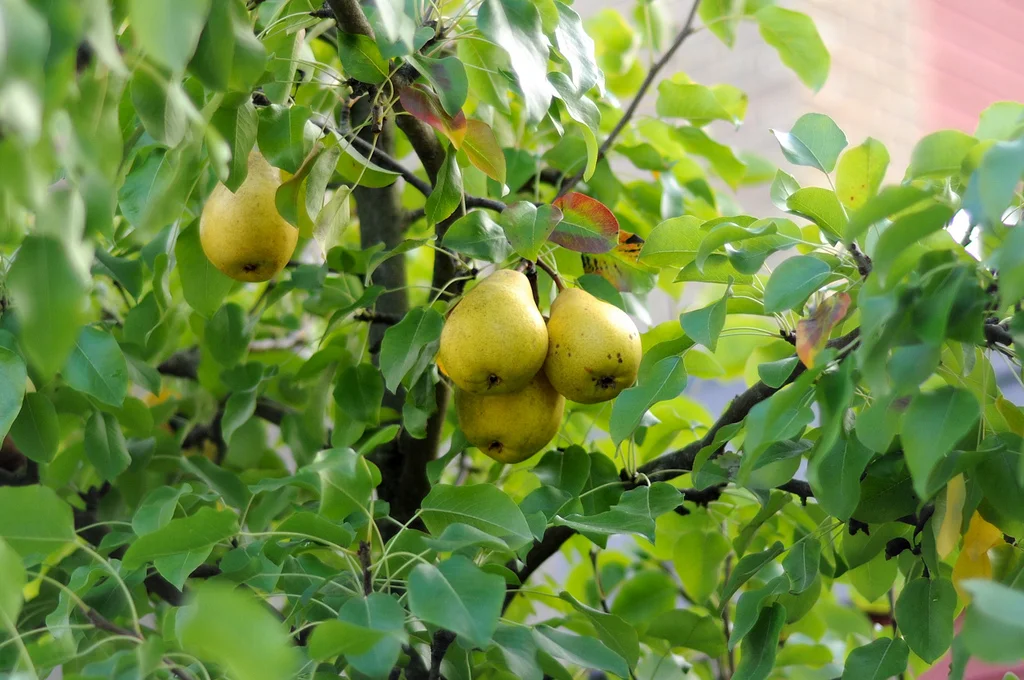A Lesson from A Pear Tree
A lesson from a Pear tree: How Collaborative Learning Empowers Community-Conscious Design Leaders
When I was a young child growing up in Detroit, there was a beautiful pear tree in my rear neighbor's yard across the ally. I was the impressionable age of 5 through 10 and I distinctly recall the sound of a faint but solid thud that a not so ripe pear creates as it hits the ground. I have fond and vivid memories of this but the most joyful memories are filled lots with these thud sounds from many pears falling. One after another, three, seven, nine, and if we were lucky twelve to fifteen thuds pretty much altogether. These were truly memorable times. Just as vividly as I recall the sudden magical rainfall of pears, I also recall my siblings who accompanied me to help retrieve them. (Well, more as I accompanied them as I'm number six of my mother's seven children). We were very creative as children. All of us.
The ways in which we devised methods to make the pears cascade down from the pear tree were straight out of a TCAAD K-12 Design Studio "Tinker Think-Tank." Yes. A dozen (unripe) pears don't simply fall from the tree without a well-executed plan and strategy. Equipped with sticks, logs, rocks, and - who can forget - the bike tires and spoke-less rims. The ingenuity that children have if just left alone to cultivate it is literally extraordinary. It's important to reiterate that just as vividly as I recall the pears dropping, I recall all who helped to work the plan. In fact, I have no preserved, joy-filled memories about that pear tree that does not have my siblings closely associated with it. The way we collaborated in our creativity was picture perfect. We were faced with a relevant problem, we collaborate with the group and often isolated ourselves from the group for a time and rejoined the group with our individual findings, receiving constructive critiques. Then we set out to field test the effectiveness of our collaborative design process. We ate well.
Often as educators, we are restricted by the day to day tasks of “educating." But we often fail to balance that with the right amount of what I call Student-led Design Thinking: to start with a problem and gradually flood the gates with resources that may aid the student in creating a solution for that problem and possibly many associated problems if done well. The "flooding the gates" is administered from a scalable approach. Class room versus the entire learning cluster, say K-2 grades, 3-5 and so on. It may also happen on an entire school approach. The “flooding the gates” is also scalable in time. It may be administered for a single period or stretched out throughout the entire school year with many fruits of all types to enjoy. Enjoyed not only by the students, and the school faculty, but also by the other stakeholders in the community that the students’ projects has sought out to effect. Being active participants in the engagement of efforts to sustain their communities in the end goal, and that’s how you build community conscious leaders. The student’s awareness that they are responsible for the outcomes as it relates to a relevant critical issue is empowerment that can’t be taken away from them. Ever in life.
Tariq Abdullah, AIA, NOMA, NCARB, NFPA, M.Arch
Principal Architect, CEO
Read more about how Collaborative Learning benefits K-12 students.

